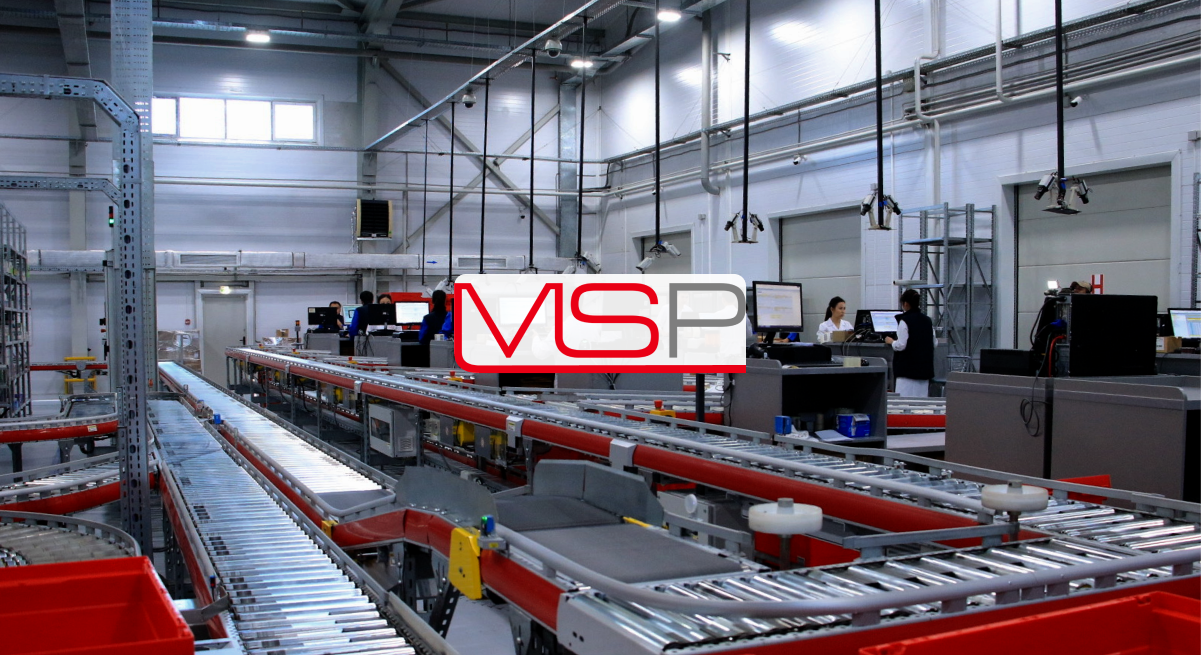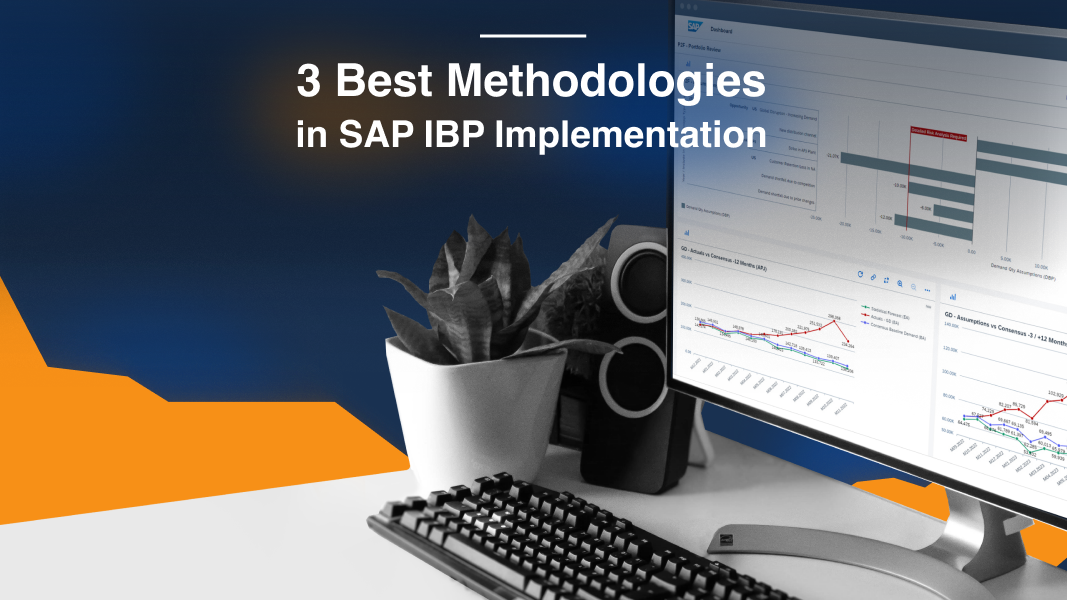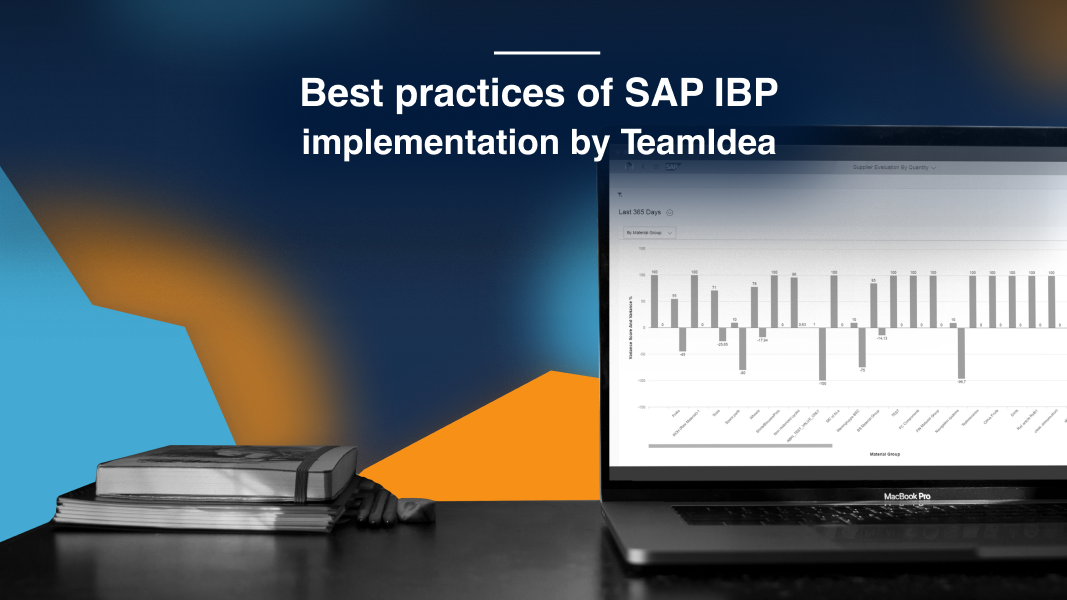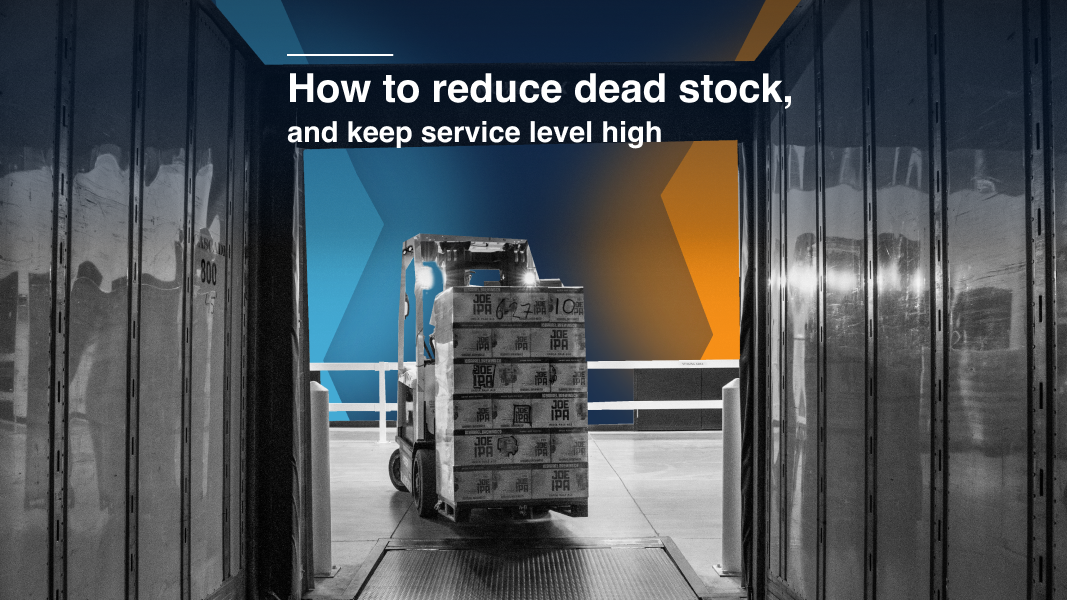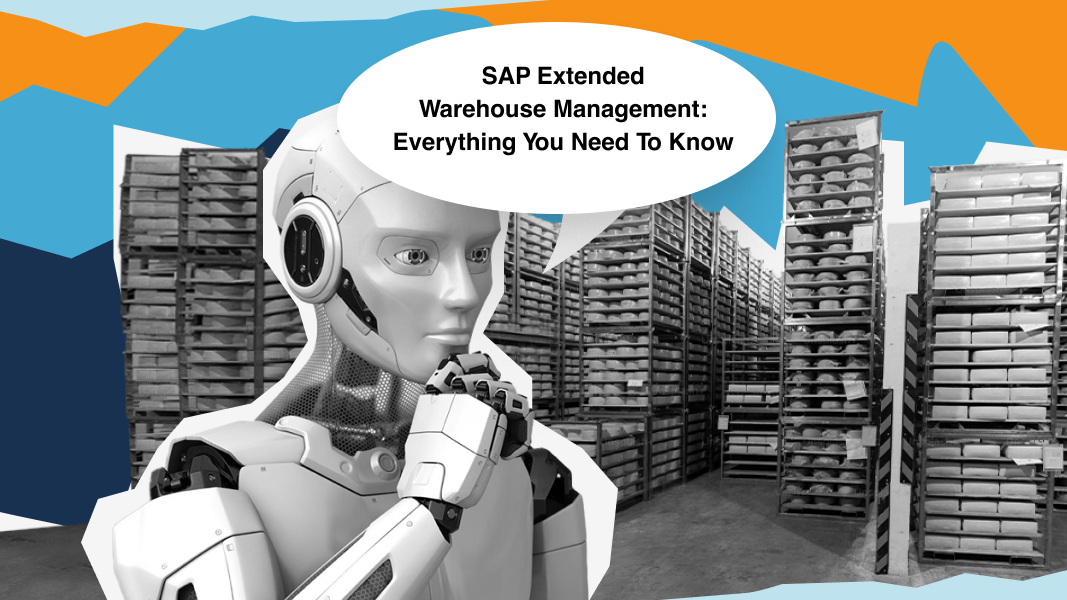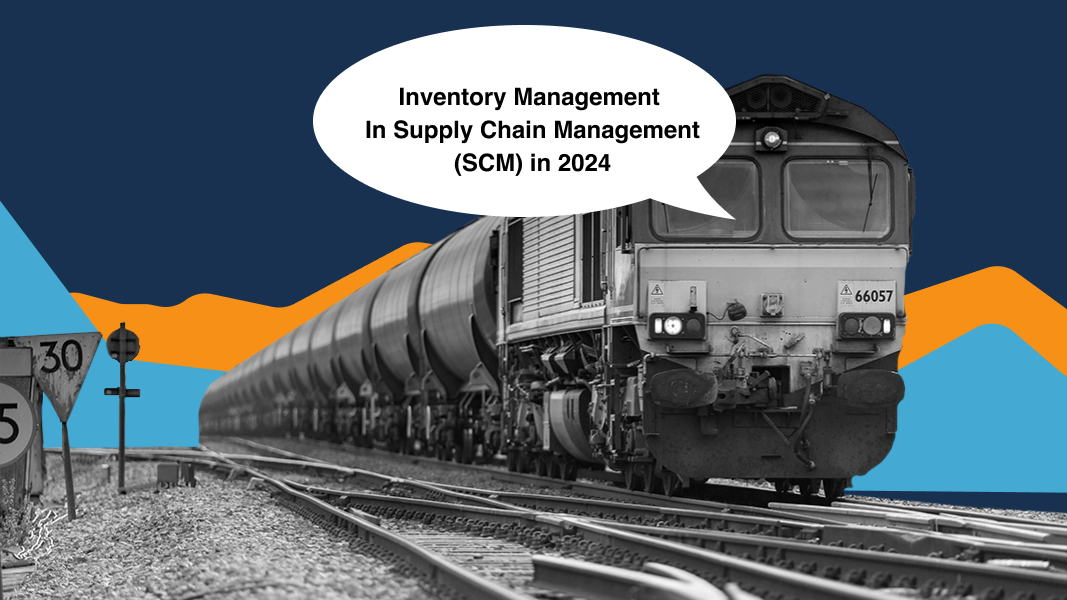5685
7 min
Navigating SAP S/4 HANA to SAP IBP Integration: Best Practices, Do’s, and Don’ts

However, this integration is far from a simple plug-and-play operation. It requires careful planning, a deep understanding of the technologies involved, and careful execution.
To dive deeper into the details, we sat down with Natalia Morozova, an IBP expert and architect at TeamIdea. She gave us some tips on handling IBP integration smoothly, and we're sharing these insights with you.
How does data quality influence planning accuracy
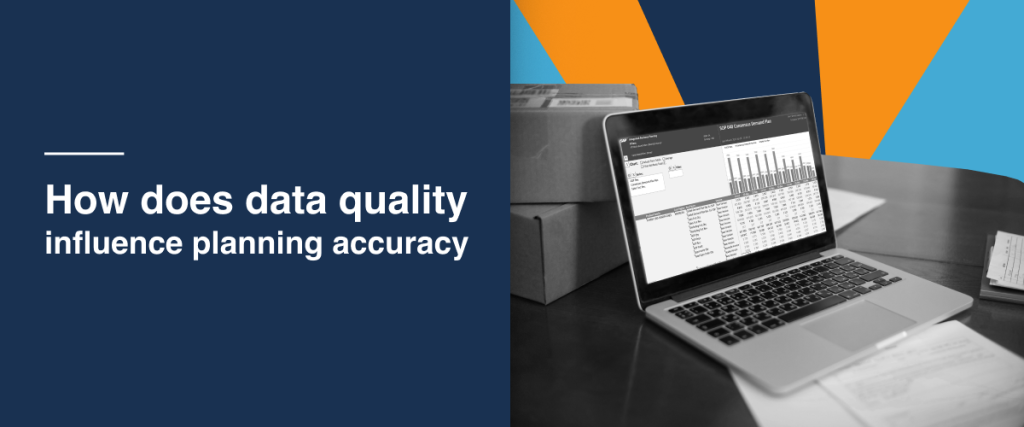
Data quality stands at the heart of successful planning. Poor quality can derail accuracy and lead to inefficient supply chain operations. Common issues include:
- Incorrect location classification. Misclassifying plants as vendors, DCs as clients etc. can disrupt the entire supply chain process.
- Transportation lane. Missing or incorrect transportation lane data can cause logistical bottlenecks and non-delivery issues.
- Absent materials. Incomplete material data leads to out-of-stock in inventory management.
- No sales history. Lack of historical sales data hampers accurate forecasting and demand planning.
Ensuring high data quality from the outset can significantly improve the accuracy and reliability of your planning processes.
That’s why the effective integration of SAP S/4 HANA with SAP IBP is crucial for maintaining data consistency and operational efficiency. Seamless integration facilitates real-time data flow between systems, empowering decision-makers with up-to-date information and improving overall supply chain responsiveness.
Which SAP integration technologies are available
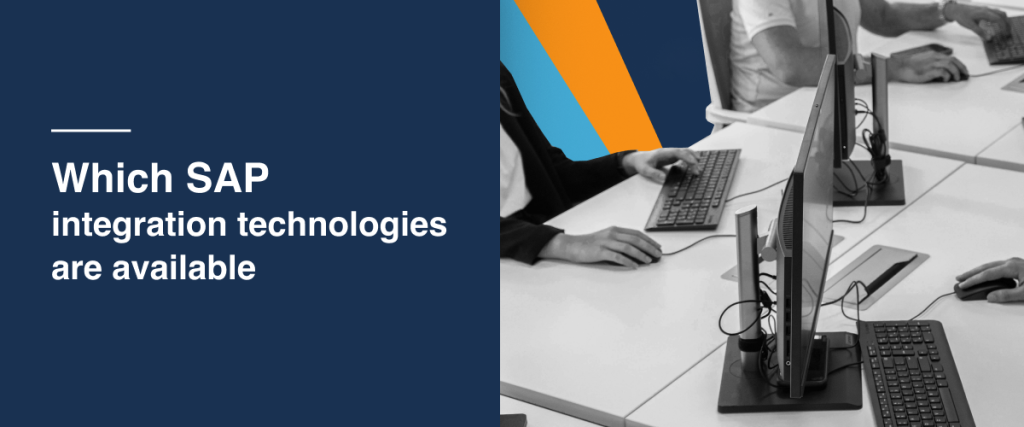
A successful integration relies on leveraging the right SAP technologies.
- CI-DS (Cloud Integration for Data Services). Provides flexible integration for time-series based planning features for integrating SAP IBP for S&OP, SAP IBP for Demand, SAP IBP for Inventory, SAP IBP for R&S:
- Transformation rules and jobs. Allow for data customization without the need for coding.
- Diagrams and blocks configuration. Support no-code configuration, simplifying the integration process.
- SDI (Smart Data Integration). Provides real-time data replication and transformation capabilities for order-based planning in SAP IBP for R&S.
- DS Agent. Serves as a critical bridge for secure and efficient data transfer.
- SAP S/4 HANA SAP IBP integration add-on. Streamlines the integration process with pre-built extractors and functionalities, reducing the need for custom solutions.
Best practices for SAP S/4 HANA and SAP IBP integration
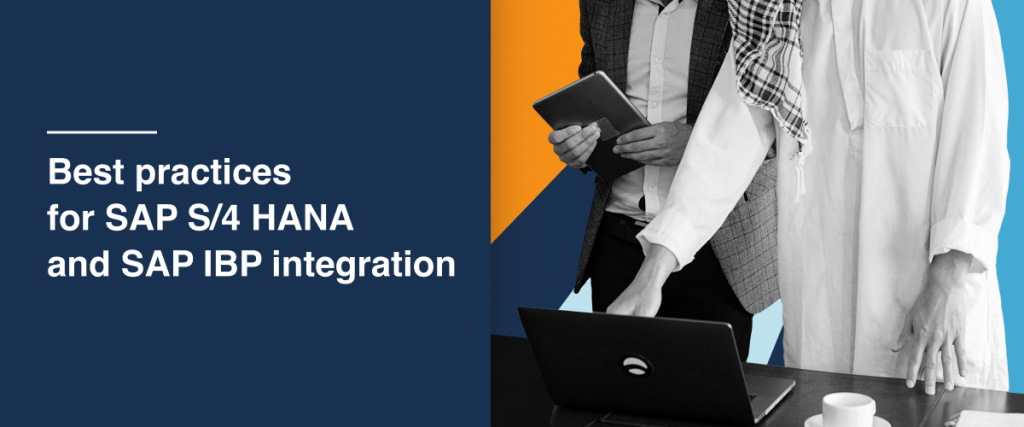
To navigate the complexities of SAP IBP integration effectively, consider these best practices.
- Involve a specialized integration consultant. Engage integration consultants with a strong background in SQL and Business Warehouse (BW). Their expertise is crucial for managing the technical complexities of the process.
- Begin setting up your integration landscape early in the project. Tasks like installing SAP certificates, raising tickets to SAP support for adding new components to cloud landscape can be time-consuming and are best tackled upfront.
- Define and address data requirements and mapping rules at the beginning of the project. This proactive approach helps in identifying potential issues early, allowing ample time for resolution.
- Utilize the SAP S/4 HANA SAP IBP integration add-on. This add-on simplifies the process, providing pre-built solutions that reduce the need for custom development.
- Document thoroughly. Maintain comprehensive documentation of all developments and business logic implemented in CI-DS. This ensures continuity and aids in troubleshooting and future enhancements.
Integration Do’s and Don’ts
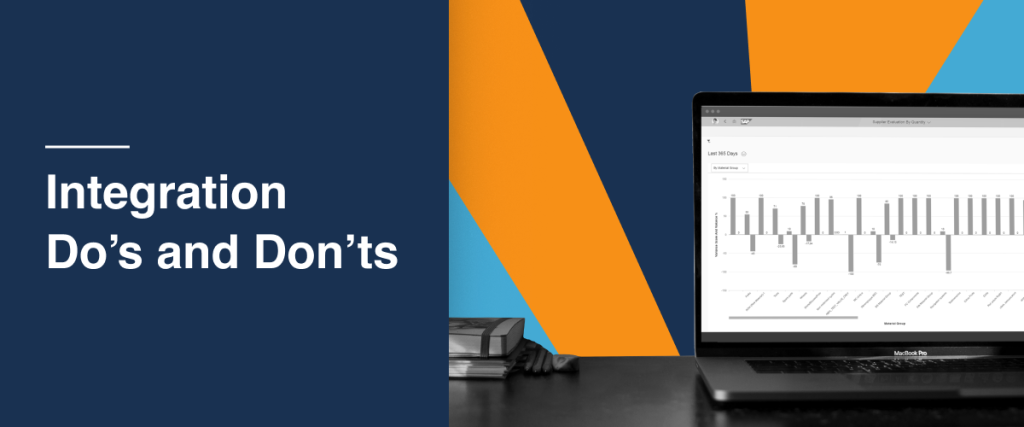
To further streamline your integration process, keep these do’s and don’ts in mind.
- Do not place full responsibility on business users. Integration is a technical task that requires IT expertise. Relying solely on business users can lead to significant issues.
- Recognize the differences from SAP APO. Avoid thinking that SAP IBP is integrated in a same way as SAP APO via CIF (Core Interface). . Unlike SAP APO, IBP's flexible data model can present unique challenges that require careful design of transformation rules.
- Plan for SAP IBP upgrade schedules. Be mindful of SAP IBP's upgrade schedules. Freezing development during upgrades can prevent compatibility issues and ensure a smooth integration process.
Integrating SAP S/4 HANA with SAP IBP is a strategic move that can greatly enhance your supply chain management capabilities. By focusing on data quality, leveraging the right technologies, and following the outlined do’s and don’ts, your organization can achieve a seamless and effective integration, paving the way for improved operational efficiency and better decision-making.
Need more personalized guidance on your SAP IBP integration?
Set up a consultation with our IBP expert, and get advice tailored to your specific project needs.
Key takeaways
-
How does data quality influence planning accuracy?
Poor data can lead to disruptions in supply chain operations, affecting everything from vendor selection to inventory management. -
Why is effective integration of SAP S/4 HANA with SAP IBP important?
It ensures data consistency and operational efficiency, facilitating real-time data flow and better decision-making. -
What SAP integration technologies are available?
Key technologies include CI-DS, SDI, DS Agent, and the SAP S/4 HANA SAP IBP integration add-on, all of which help streamline the integration process. -
What are the best practices for SAP S/4 HANA and SAP IBP integration?
Best practices include involving a specialized consultant, starting the setup early, defining data requirements upfront, using the integration add-on, and thorough documentation. -
What are the integration do’s and don’ts?
Do not place full responsibility on business users, recognize the differences from SAP APO, and plan for IBP upgrade schedules to ensure smooth integration.









